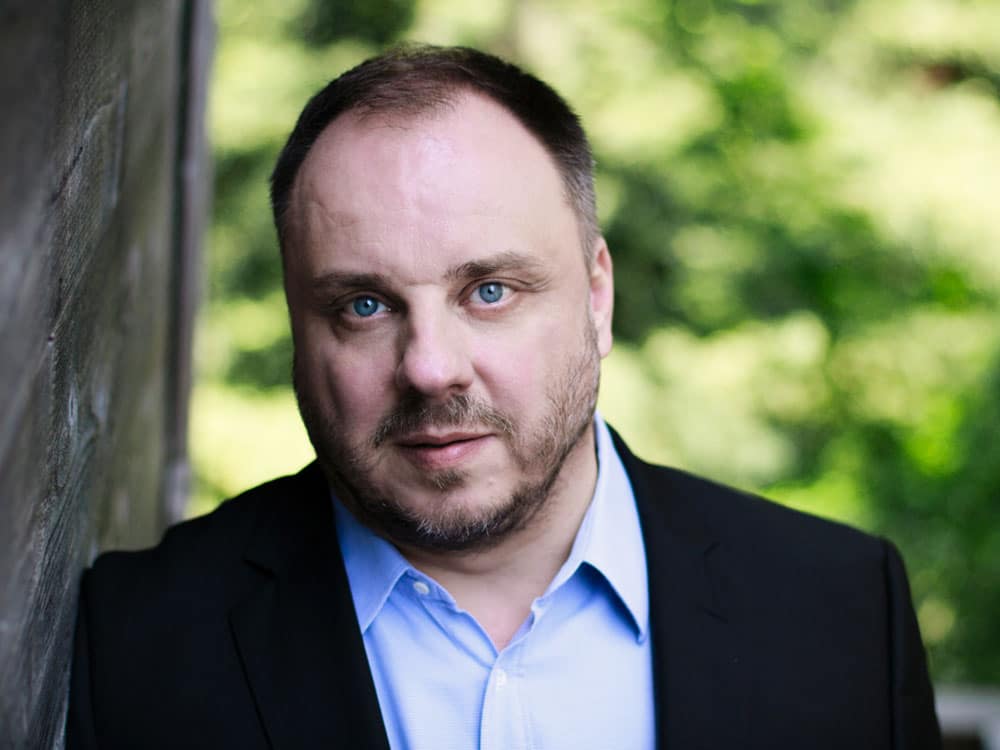 |
| Elgar conducting Yehudi Menuhin, 1932 |
Elgar was an outsider, a country boy without money or the usual chorister/Oxbridge connections. In a way, though, being an outsider meant he had to be original. Working at the asylum at Powick - a job no posh boy would have done - honed his skills. (Please read what I wrote about Powick here). To prove the point, Nigel Kennedy plays a lively Quadrille from 1879. Elgar's marriage was the making of him. Alice defied class, religion and status because she believed in his genius : her influence cannot be overestimated, even now when the supposed background to what might have been the Third Symphony has been revealed. Perceptively, Diane McVeagh calls the early years of their marriage Elgar's equivalent to university. He was exposed to contemporary music yet sufficiently mature to find his own voice. It was Alice, too, who spotted the germ of what were to become the Enigma Variations. Though Elgar became successful despite the class divisions of his time, he never quite lost a certain insecurity. As Jerrold Northrup Moore observes, Alice understood Elgar's chaste flirtations, which fuelled his creativity. Diane McVeagh alludes to Elgar's deep seated insecurity about money as a symptom of something deeper, as if he feared that the inspiration which sustained him might dry up. Enigma released a flood of great works, like The Dream of Gerontius, a milestone not only in musical terms but in its subject matter. Gerontius was thus, says Percy Young, an act of Catholic Emancipation and also "took Elgar into Europe, creating a new constituency for British music".
Michael De-la-Noy, who was acutely alert to the undercurrents behind the facade of the Establishment, explains Elgar's relationship with royalty and the delight with which he received honours. "Nouveau riche" says De-la-Noy, being bitchy. But in a world where privilege still held sway, self-made men were still underclass, no matter how talented or successful they might have been, and needed symbols like medals. In his own milieu, in music, Elgar could be truly himself. “When he was with musicians", adds Kennedy, "he was in his kingdom and he felt secure". "He had a melancholy temperament, he was very much alone, you can hear it in the music", says McVeagh, "but that's partly why his music reaches then hearts of so many people".
A@1"As he goes on, he becomes a more extreme composer and a more and more dangerous composer" says Rattle of Elgar's second symphony, "it is disturbing, not only in the moments when all hell is let loose.... but there's always something beyond the surface which leads you to believe there's something subversive happening". In this context, the Cello Concerto is discussed. "What Elgar did,” says Northrop Moore, "was to use the extremities of the orchestra, top and bottom, leaving an immense canvas for the lonely solo voice to wander at will". The meaning, said Elgar "is a man's attitude to life". When Alice died, Elgar's creativity might have died with her, though the traumas of the Great War took their toll, as with millions of others. Elgar didn't dwell in the past. He enthusiastically pioneered new recording technology, working with orchestras in the studio. "Nothing like that was seen in the commercial field" says Northrop Moore "until Stravinsky did the same thing". Elgar also recognized young talent, conducting Yehudi Menuhin in 1932 (see photo above) On his deathbed, Elgar said of his sketches for a third symphony "If I can't complete them, somebody will . . . or write a better
one, in 50 or 500 years”. The words of a man who understood that music was greater than the ego of any one individual.














